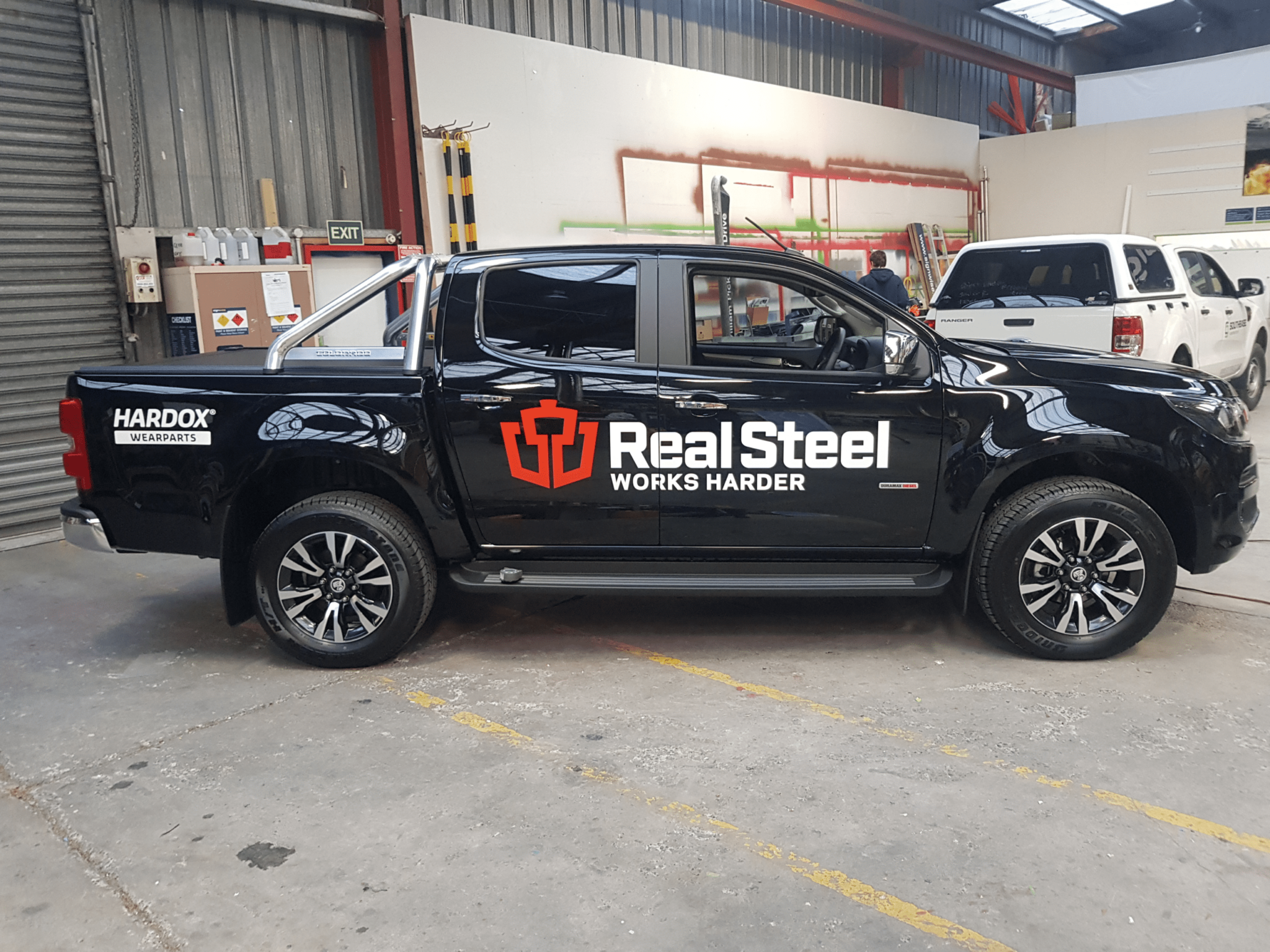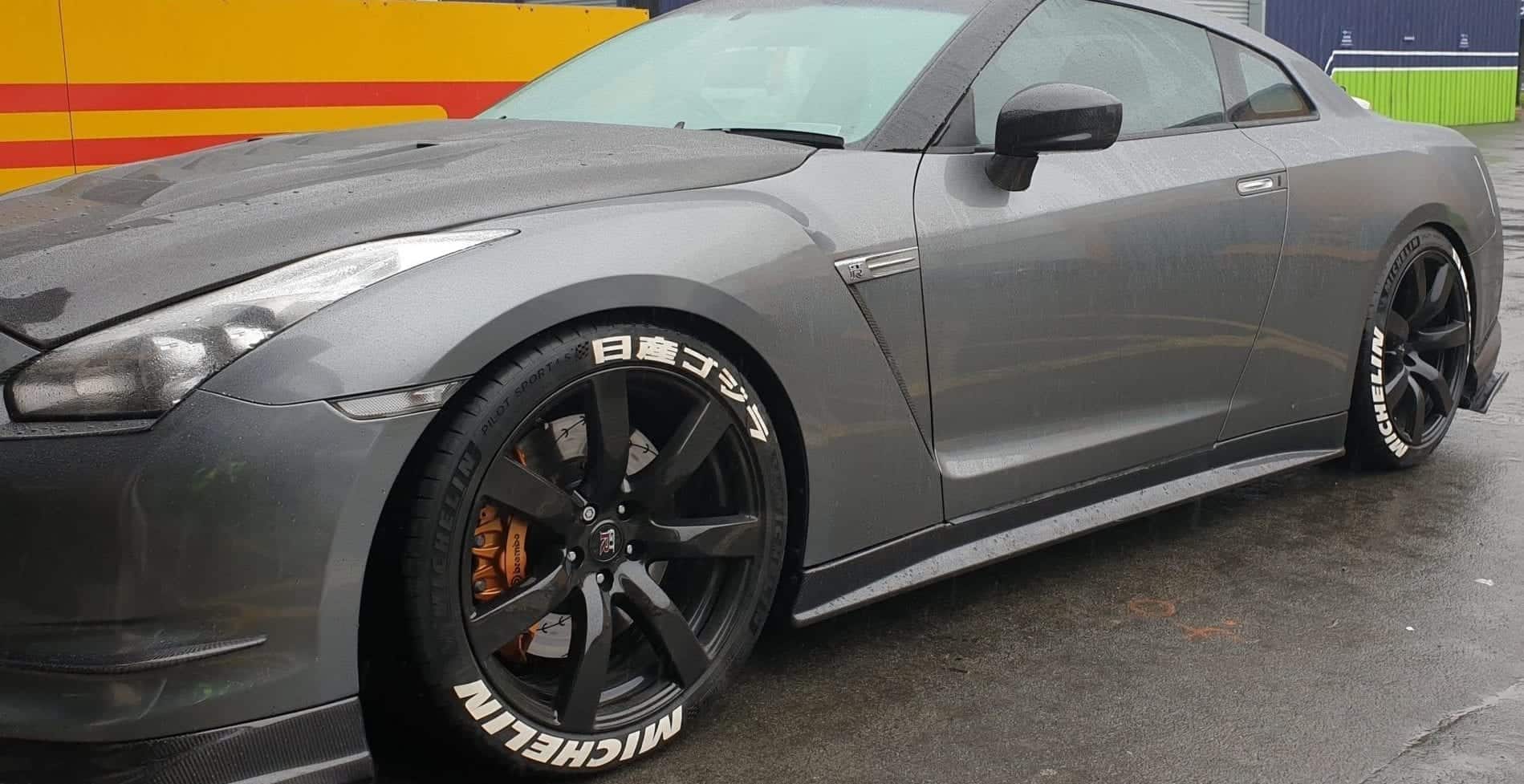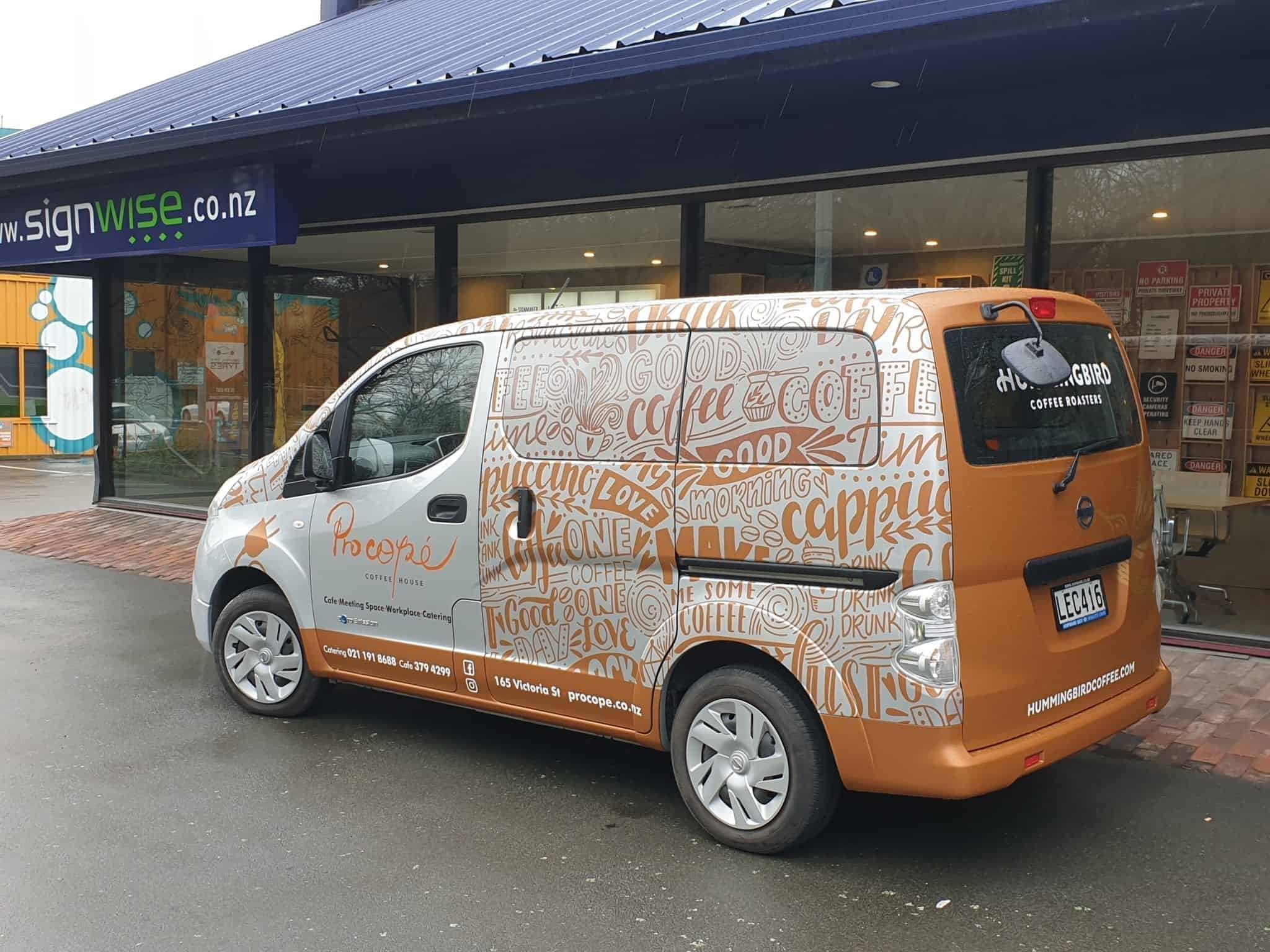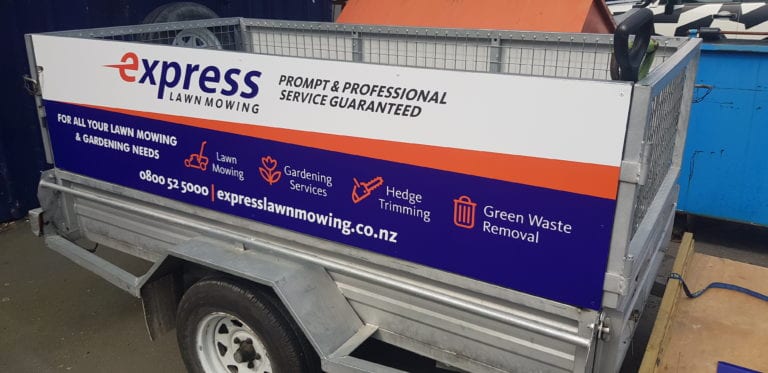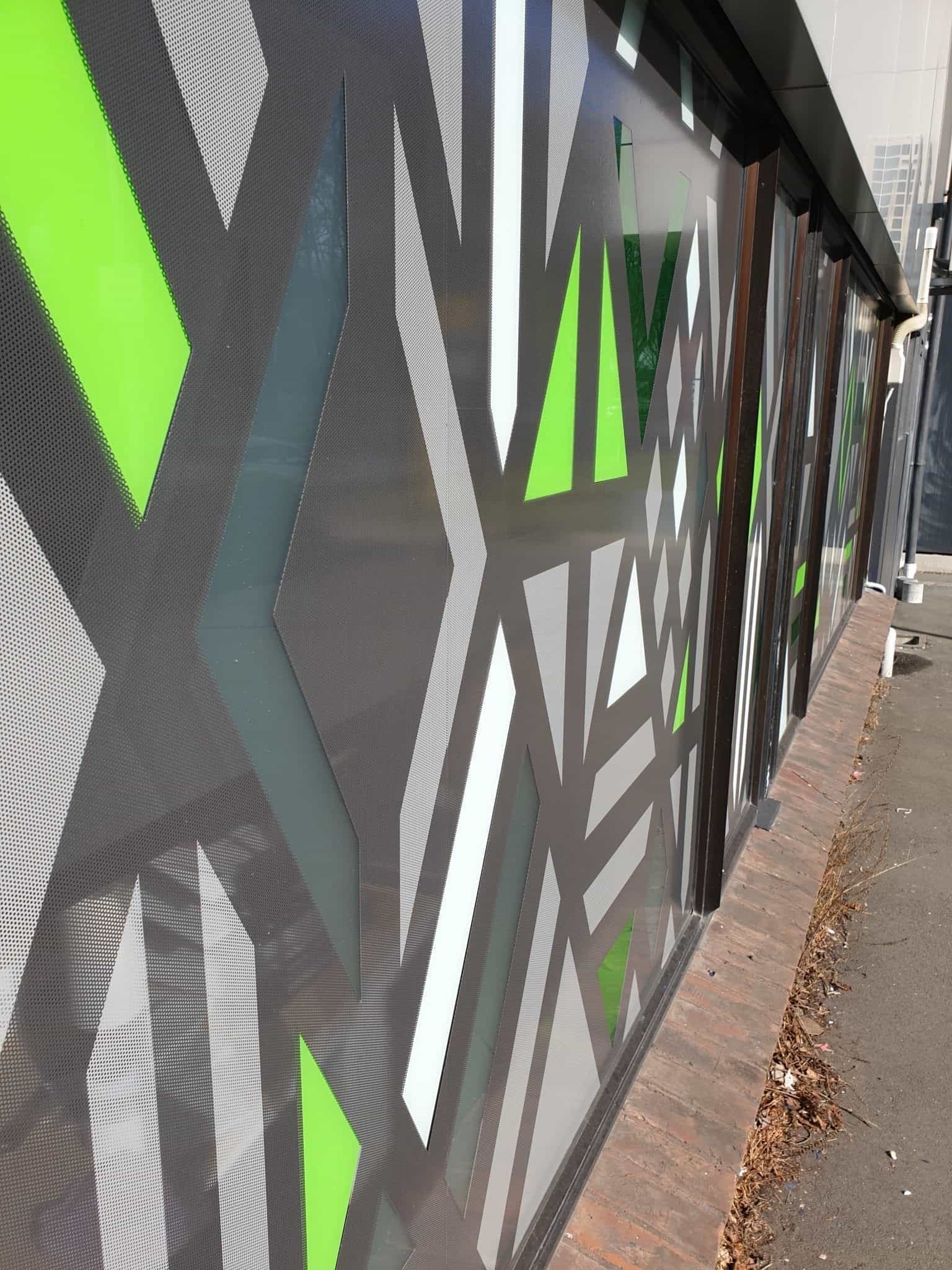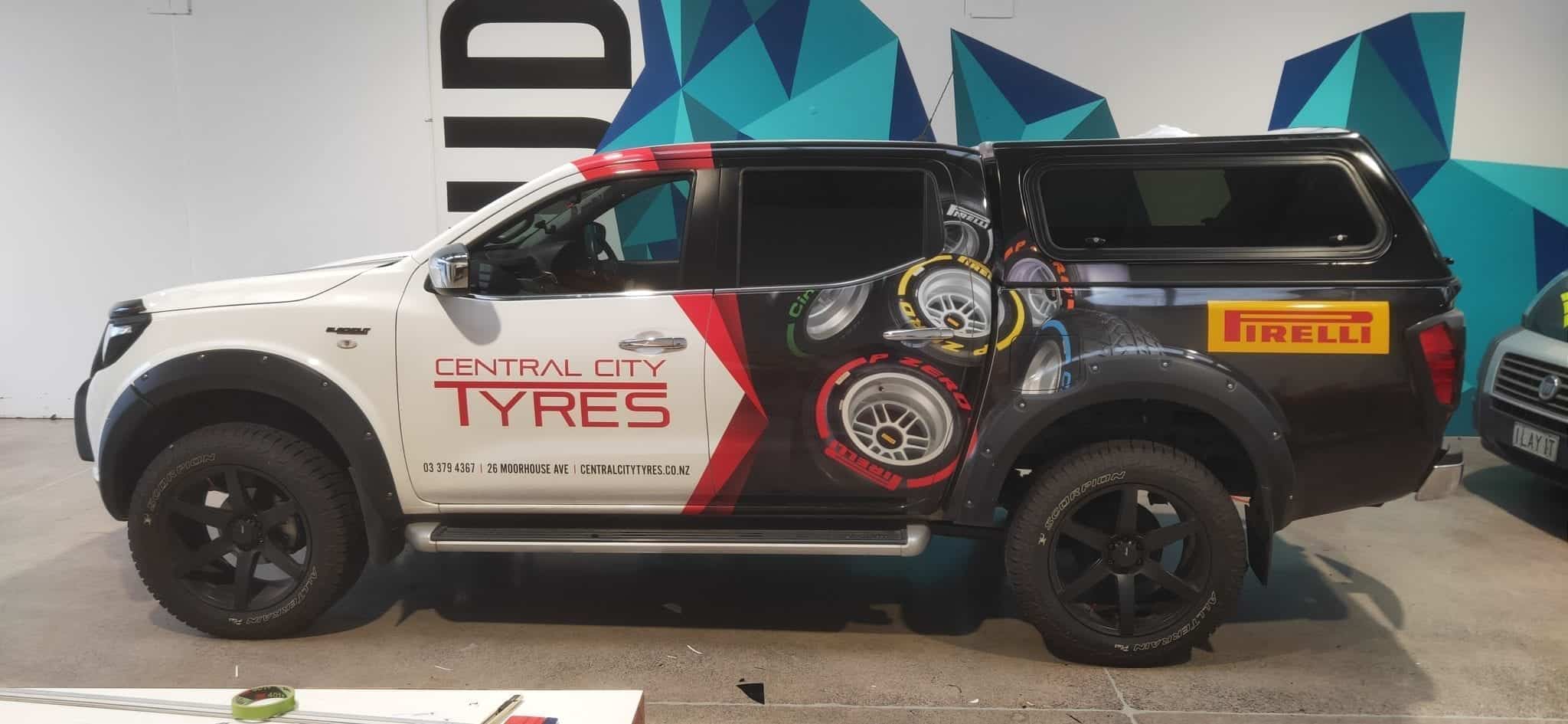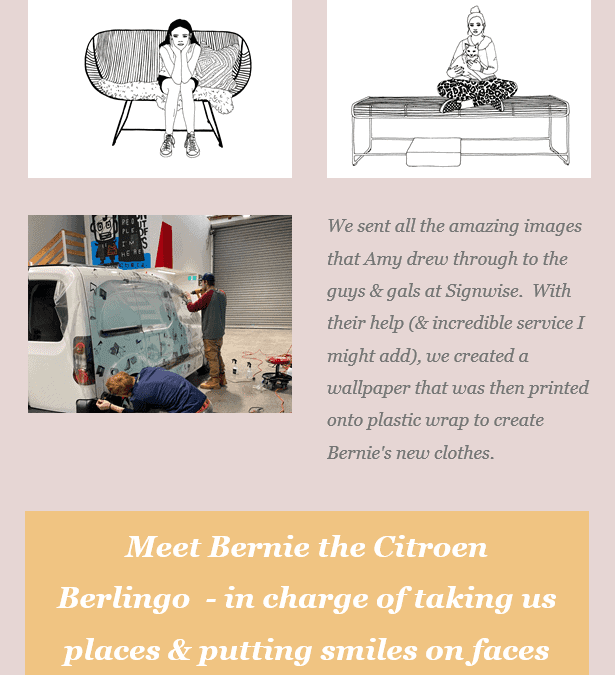I recently wrote a small article on LinkedIn off the back of an enquiry we received from a customer that has both a lot of fleet vehicles and is also focussed on understanding and managing the environmental impact of their business.
The gist of it was that yes, the signage industry is aware it generates a lot of pretty unpleasant products – we fill up bins with landfill and some of the materials we use take a very long time to break down.
In Europe there has been pressure for many years to reduce the production of poly vinyl chloride (“pvc”) due to the nature of the materials employed. This pressure has resonated with relevant manufacturers. For us as 3M Preferred Partners, we are glad to see 3M is amongst the manufacturers who are investing in the production of pvc free materials. However these materials come at a cost and we have found many customers are not prepared to make the necessary investment, instead continuing to use standard pvc materials. In addition, these pvc free products are currently available for niche applications only – and none of them are recyclable in New Zealand.
In parallel to the reduction in pvc use, there have been developments in the availability of recycling for some other signage media. Again, whilst a step in the right direction there are costs and limitations associated with these new offerings that are still being worked through and refined. Importantly none of these deal with the massive environmental impact caused by the production of endless flatbed printed corflute (polypropylene) signs – short term, cheap signs that quickly end up in landfill. There are some theoretically “recyclable” panel products available but, in practice, the logistics and costs associated with recycling of these products means that we do not yet see any effective uptake – wait and see for the next general election – will any of the parties bite the bullet on investing in a truly recyclable signage project?
Getting back to the original request from the customer – they proposed a solution – which was basically to use less vinyl on their vehicles. I think a practical solution given the lack of product options. This approach highlights the need for designers of fleet graphics to focus on identifying and delivering a specific commercial or marketing objecive – and not just following the herd with some random, colour swirl or other nondescript printed image that takes up space and materials but often achieves little else. At Signwise we continue to place increased emphasis on advising our customers that less can be more – simple messages with strong colours and graphics can achieve a lot – plus save money and reduce our environmental footprint at the same time.
…you might also be interested to read about Recycled Ocean Plastic.






